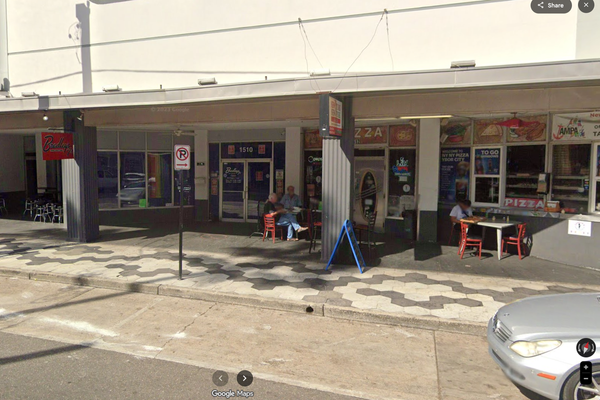
Donald Trump was diagnosed with chronic venous insufficiency, the White House said on Thursday, after he noticed swelling in his legs.
The White House released a memo from the president’s physician, Sean Barbabella, who said a medical exam revealed no evidence of a more serious condition like deep vein thrombosis.
“The president underwent a comprehensive examination, including diagnostic vascular studies. Bilateral lower extremity venous Doppler ultrasounds were performed and revealed chronic venous insufficiency, a benign and common condition, particularly in individuals over the age of 70,” the memo said.
It is a fairly common condition among older adults, but requires a thorough checkup to rule out more serious causes of swelling in the legs. Here are some things to know.
Chronic venous insufficiency, or CVI, happens when veins in the legs cannot properly carry blood back to the heart. That can lead to blood pooling in the lower legs. In addition to swelling, usually around the feet and ankles, symptoms can include legs that are achy, heavy-feeling or tingly, and varicose veins. Severe cases could trigger leg sores known as ulcers.
Overcoming gravity to pump blood from the feet all the way up to the heart is a challenge, especially when someone is standing or sitting for long periods. So legs veins are lined with one-way valves that keep blood from sliding backward on that journey. Anything that damages those valves can lead to chronic venous insufficiency. Risk factors can include blood clots, vein inflammation known as phlebitis or being overweight.
Doctors must rule out serious causes of leg swelling, such as heart problems, kidney disease or blood clots. Ultrasound exams of the leg veins can help confirm chronic venous insufficiency. According to the Cleveland Clinic, treatment can include wearing compression stockings, elevating the legs and achieving a healthy weight. Also exercise, especially walking, is recommended – because strong leg muscles can squeeze veins in a way that helps them pump blood. Medications and medical procedures are available for more advanced cases.







